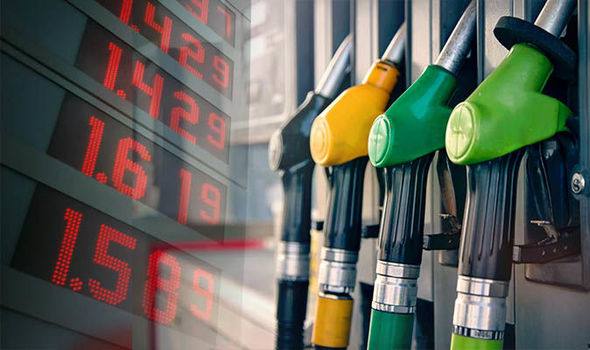The Treasury is expected to roll out the second phase of the fuel subsidy bond later this week with an expected fund collection target pegged at Kshs 28.0 bn. The first tranche of the bond closed three weeks ago with an oversubscription of Kshs 3.5 billion, above the expected target of Kshs 15.0 billion. The fuel subsidy bond is part of the Kshs 45.0 billion debt that the government converted into a three-year bond to pay arrears owed to oil marketers. This is after the Treasury encountered difficulties in compensating oil marketers for oil subsidies.
Read more: Tough Economic Times Ahead, as Fuel VAT Retained at 16%
Out of the total fuel subsidy from April 2021 to September 2022, the Treasury has paid oil marketers a total of Kshs 124.07 billion, with a remaining balance of Kshs 45.0 billion that it has converted to a bond. The compensation delays have threatened to throw small local marketers out of business amid claims of possible bank loan defaulting that were used to facilitate business during the period under review.
Read more: Fuel Prices To Cross Ksh200 Mark As IMF Pushes Kenya To Scrap Fuel Subsidy Programme
The bond will take off much of the pressure piled on the Treasury by allowing an interest payment to the oil dealers over the years instead of making a one-time payment amounting to Kshs 45.0 million. The interest rate of the bond is 14.22%, and the first interest payment will be made in November 2023. Vivo Energy, the biggest oil dealer in Kenya, is the biggest creditor, owing a total of Kshs 13.45 billion to the government, while TotalEnergies comes in second at Kshs 8.2 billion and Rubis third at Kshs 4.0 billion. Other owed oil marketers include Oryx Energy, Ola, Galana Oil, and Gapco.
Read more: State Sets Aside Ksh3.5 Billion For Fertilizer Subsidy
Email your news TIPS to editor@thesharpdaily.com


















